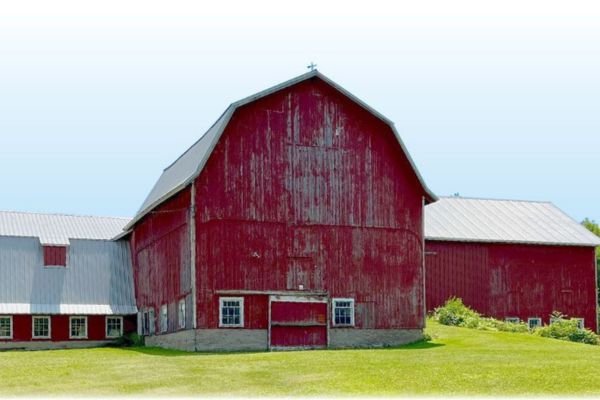Easement Q&A
What is an easement?
An easement is a legal document between a property owner and a qualified government or non-profit organization that restricts future activities on the property to protect specific values.The property owner continues to own and use the property but relinquishes certain rights in the greater interest of preserving it. Easements can be attached to developed or undeveloped land (trail, open space, conservation easements) as well as to specific buildings or parts of buildings (architectural or façade easements). Most easements are attached to the property deed and therefore apply to all current and future owners of the property.
The crafting of an easement is a delicate and deliberate process that spells out the specific rights a property owner is both giving up and retaining. When an easement is signed and recorded, the owner ( ‘grantor’) conveys the right to enforce these restrictions to a qualified conservation recipient (‘holder’). Although easements share common legal language, each document must include specific information on the property that establishes the intent, the conservation value, the sensitivity of the resource, and the public benefit of the easement, as well as the permitted uses and restrictions for that property – all in a written form that can be used to guide use of the property in perpetuity.
Does an easement change how land is used?
Easements typically permit landowners to continue their responsible management of the land as long as the significant conservation or historic values are not compromised, sometimes restricting various parts of a property differently. Some easements prohibit all activities except the continuation of current uses; other agreements allow for a variety of uses agreed upon by the grantor and the holder.
Restrictions detailed in an easement can include building or road construction, land contour changes, scenic view alteration or reduction of natural habitat. An easement requires public access only if the primary conservation value of the property is public recreational or educational use. Federal regulations specify access requirements based on the primary intent of the easement, i.e. a scenic or historical preservation easement property must have visual access while no access is required for habitat protection, open space or agricultural land easements.
What are an easement holder’s responsibilities?
CPF’s responsibilities as Holder include regular monitoring of the easement property, timely review of requests and approvals required by the easement, and defense of the easement should a violation occur.CPF holds 13 conservation, open space, or trail easements in the Town and Village of Cazenovia. It also holds façade easements or architectural or site plan review restrictions on six Village properties. As the easement holder, CPF gains only the right to enforce the restrictions placed on the property and does not receive the right to conduct any activities the landowner is prohibited from doing.
How does an owner place an easement?
A holder like CPF receives easements either through a grantor donation, a ‘bargain sale’ at a portion of the apprised easement value, or outright purchase of the full easement value. CPF can also hold an easement bought by another entity such as the State of New York in its Purchase of Development Rights Program for agricultural lands.
There are possible income, estate and property tax benefits associated with the donation of an easement or the owner’s expenses in placing an easement on their property. These include possible tax deductions and credits at the State and Federal levels. Experience legal and tax counsel is imperative in all easement deliberations. The easement process starts with a meeting between an interested owner and CPF to discuss the potential purpose and conservation value of the property and to explore all protection alternatives and their potential costs. If an easement is pursued, the process includes a survey, an appraisal, conservation resource documentation and preparation of the legal easement document.




